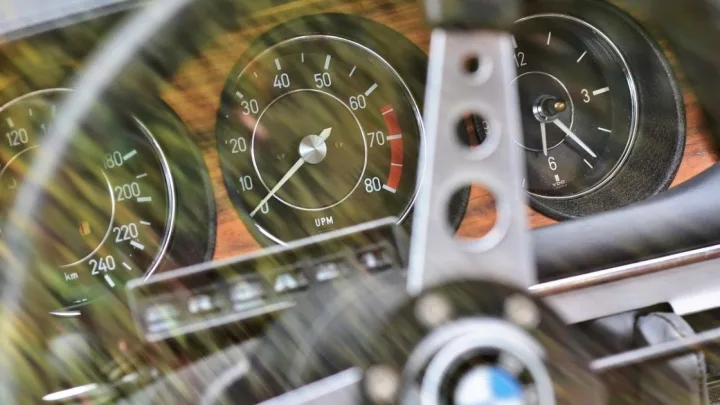
Car Tachometer malfunctions often stem from electrical issues or a faulty sensor. A damaged gauge or poor connection can also cause problems.
Understanding why your tachometer might fail is crucial for maintaining your vehicle's performance and safety.
A tachometer, which measures your engine's RPM, is an essential dashboard instrument that provides valuable insights into your vehicle's health.
When it stops working correctly, it's usually a red flag that shouldn't be ignored.
Tackling this issue promptly can prevent further complications and ensure a smoother ride.
This introduction sets the stage for a deeper dive into the common reasons behind tachometer troubles, highlighting the importance of this device in monitoring and troubleshooting engine performance.
Related Post
How to Use a Car Clinometer: Navigate Slopes Safely!
How Does a Car Dynamometer Work: Unveil the Power!
How Does a Car Hydrometer Work: Unveiling Secrets
Step-By-Step: Voltmeter Mastery for Car Battery Checks
What Causes a Car Fuel Gauge to Stay Stuck on Full: Insights
What Causes a Car Odometer to Stop Working: Key Reasons
By keeping the explanation straightforward and focused, drivers can quickly grasp the significance of a functional tachometer and the urgency of addressing its malfunctions.
Introduction To Car Tachometer Issues
A tachometer tracks engine speed in revolutions per minute (RPM). Accurate readings are vital for performance and safety.
When a Car Tachometer fails, diagnosing the problem quickly is crucial.
This post explores common tachometer issues and their impact.
Common Signs Of Tachometer Failure
- Inconsistent RPM readings
- Needle jumps or stalls
- No display or incorrect values
Importance Of A Functional Tachometer
A reliable Car Tachometer is essential for optimal engine function. It prevents over-revving and promotes efficient fuel use.
Keep your vehicle's performance at its best by ensuring your tachometer is in top condition.
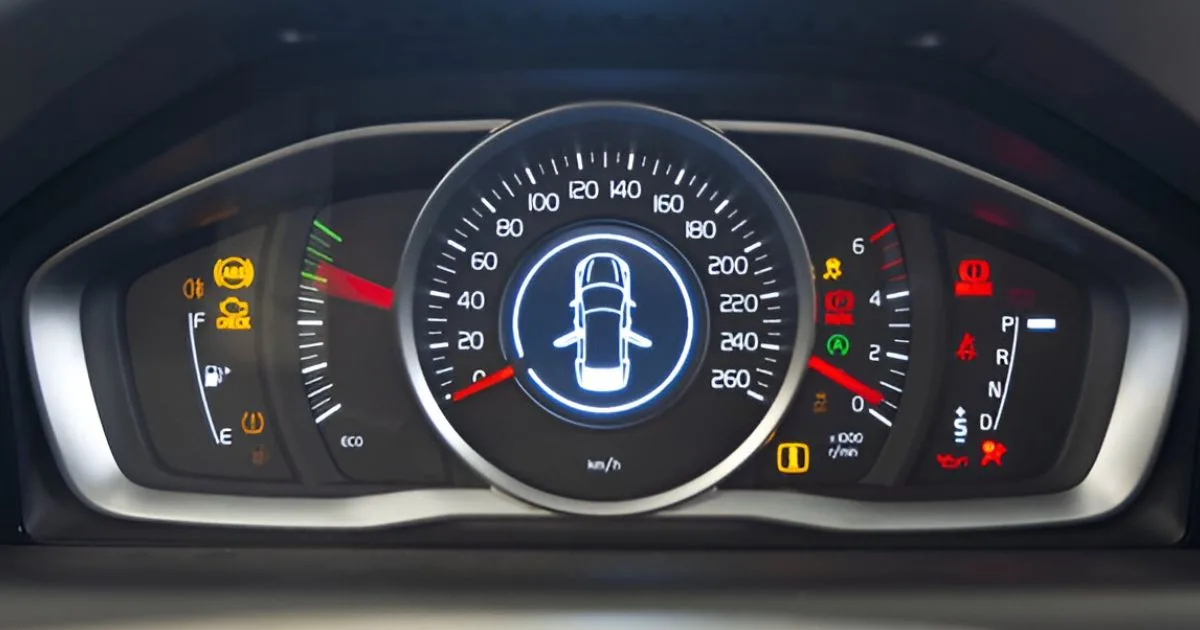 Electrical Problems
Electrical Problems
Electrical Problems
Let's talk about Electrical Problems with your tachometer.
These issues often lead to a non-working gauge. Understanding the common electrical faults can help fix your tachometer faster.
Faulty Wiring And Connections
Bad wiring is a big problem. It stops the tachometer from getting power. Wires can break, get loose, or corrode over time. Look for these signs:
- Corroded wires: They look rusty or green.
- Loose connections: Wires not firmly attached.
- Frayed wires: Broken outer coating.
Fix these issues by cleaning or replacing wires. Secure all connections tightly.
Blown Fuses And Their Impact
A blown fuse can also stop your Car Tachometer. Fuses protect the tachometer by breaking the circuit if there's too much current.
When they blow, the circuit opens, and the tachometer loses power. Check the fuse box:
| Fuse Condition | What to Do |
|---|---|
| Intact Fuse | Leave it |
| Blown Fuse | Replace it |
Remember, always use the correct fuse type and rating.
Sensor Malfunctions
Sensor malfunctions can lead to tachometer issues. A tachometer counts engine revolutions. It needs a sensor to function. Sensor problems can give wrong readings.
Let's explore how sensor damage affects tachometer performance and troubleshooting techniques.
How Sensor Damage Affects Readings
Sensor damage skews Car Tachometer readings. This can cause the display to show incorrect RPMs. The tachometer relies on sensor signals.
Damaged sensors send wrong signals. This leads to erratic or frozen readings on the tachometer.
Troubleshooting Sensor Issues
Troubleshooting is vital for sensor issues. Check the sensor's connections first. Look for loose or corroded wires.
Next, inspect the sensor itself. Look for physical damage or contamination. Use a multimeter to test the sensor's functionality. Replace the sensor if tests show failure.
- Inspect connections for looseness
- Check for wire corrosion
- Examine sensor for damage
- Test sensor with a multimeter
- Replace if necessary
Wear And Tear
Tachometers measure engine speed in revolutions per minute (RPM). Like all mechanical devices, tachometers can suffer from wear and tear. Over time, internal components may degrade.
This affects accuracy and performance. Regular checks can prevent unexpected failures. Let's explore how maintenance and damage identification are key.
The Role Of Regular Maintenance
- Prevents breakdowns: Routine inspections keep tachometers reliable.
- Extends lifespan: Servicing catches early signs of wear.
- Ensures accuracy: Calibration maintains correct readings.
Identifying Physical Damage
Physical signs indicate tachometer issues. Look for these:
- Cracked dials: They suggest impact or stress damage.
- Loose parts: These could cause erratic readings.
- Faded displays: Sun exposure can harm visibility.
Addressing damage quickly avoids more serious problems.
Improper Installation
One main reason your tachometer might stop working is Improper Installation.
This problem can seem small but leads to big issues. Let's dive into why this happens and how to fix it.
Consequences Of Diy Installations
Many try to install a tachometer themselves. This can cause problems:
- Wrong wiring can damage the tachometer.
- Loose connections may lead to erratic readings.
- Without proper tools, you risk short circuits.
Professional Installation Vs. Self-installation
Choosing who installs your Car Tachometer is key. Let's compare:
| Professional Installation | Self-Installation |
|---|---|
| Experts ensure correct setup. | Risk of mistakes is high. |
| Comes with a warranty. | No warranty for DIY. |
| Quick and safe process. | May take longer and risk safety. |
Choosing professional help over DIY can save your tachometer from damage. It ensures a safe and accurate installation.
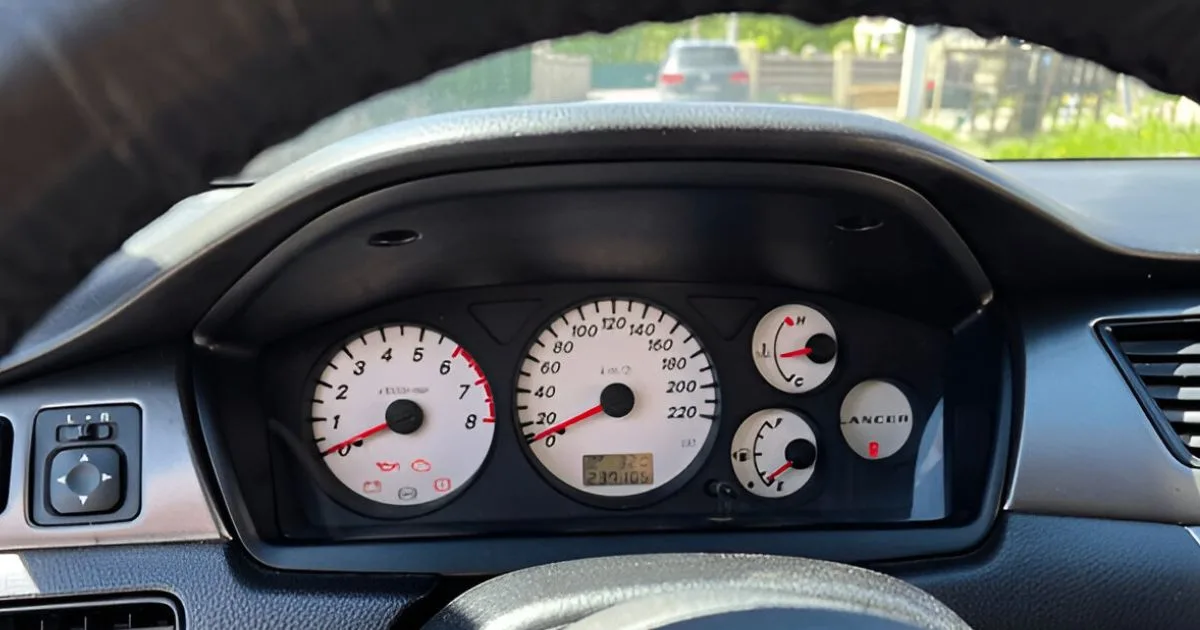 Circuit Board Failures
Circuit Board Failures
Circuit Board Failures
A tachometer's circuit board is its operation's heart. It controls the device's electrical flow.
Circuit board issues can cause the tachometer to fail. Let's explore common signs of failure and what steps to take next.
Identifying Circuitry Issues
Spotting problems in circuit boards is crucial for tachometer maintenance. Key indicators include:
- Burnt smells suggesting damaged components
- Visible damage to the board such as cracks
- Inconsistent readings indicating faulty connections
A multimeter test can confirm these signs. It checks for continuity and identifies short circuits.
Repair Or Replace: Making The Right Choice
Decision time: repair the board or replace it? Consider these:
| Repair | Replace |
|---|---|
| Cost-effective for minor issues | Long-term solution for major damage |
| Quick fix for simple soldering jobs | Ensures reliability with new parts |
Professional assessment helps make this choice. Technicians can advise on the most effective option.
Calibration Errors
Calibration errors can lead to a tachometer's inaccurate readings. Regular calibration is crucial to ensure accuracy. Without it, readings may be off, affecting performance and safety.
Let's explore how to calibrate your tachometer correctly.
Steps For Accurate Car Tachometer Calibration
- Refer to the manufacturer's manual for specific instructions.
- Ensure the tachometer is at room temperature for consistent results.
- Connect the tachometer to a calibration device.
- Adjust the tachometer reading to match the calibration device.
- Repeat the process to confirm accuracy.
When To Seek Professional Calibration
- Annual check-ups: Schedule yearly to maintain precision.
- Post-repair: Always calibrate after any repairs.
- When in doubt: If readings seem incorrect, seek help.
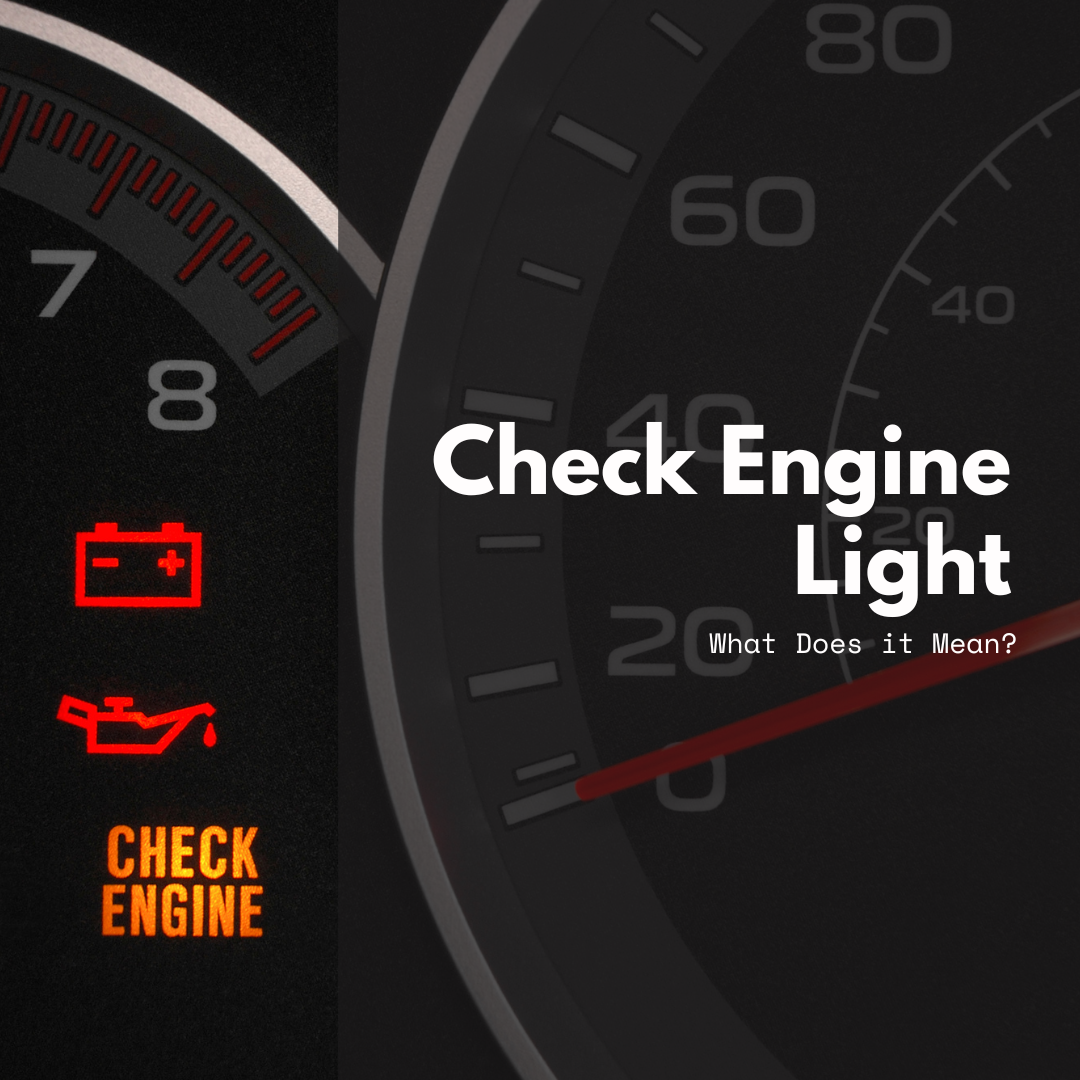
Credit: www.mariannatoyota.com
Aftermarket Modifications
Many car enthusiasts love upgrading their vehicles with aftermarket modifications. These mods often aim to improve performance or aesthetics.
Yet, they can sometimes lead to unexpected issues, especially with the tachometer. Understanding the potential risks and how to maintain tachometer integrity with mods is crucial.
Risks Of Third-party Add-ons
Aftermarket modifications can sometimes interfere with your car's electronics. This includes the tachometer, a key gauge for monitoring engine speed. Here are common risks associated with third-party add-ons:
- Incompatibility with existing systems
- Potential voiding of warranty
- Incorrect readings leading to engine damage
- Increased electrical load on the vehicle
Maintaining Car Tachometer Integrity With Mods
To keep your tachometer working accurately with aftermarket mods, consider these tips:
- Choose compatible modifications designed for your vehicle model.
- Work with reputable suppliers known for quality products.
- Consider professional installation to ensure correct setup.
- Regularly check tachometer accuracy after modifications.
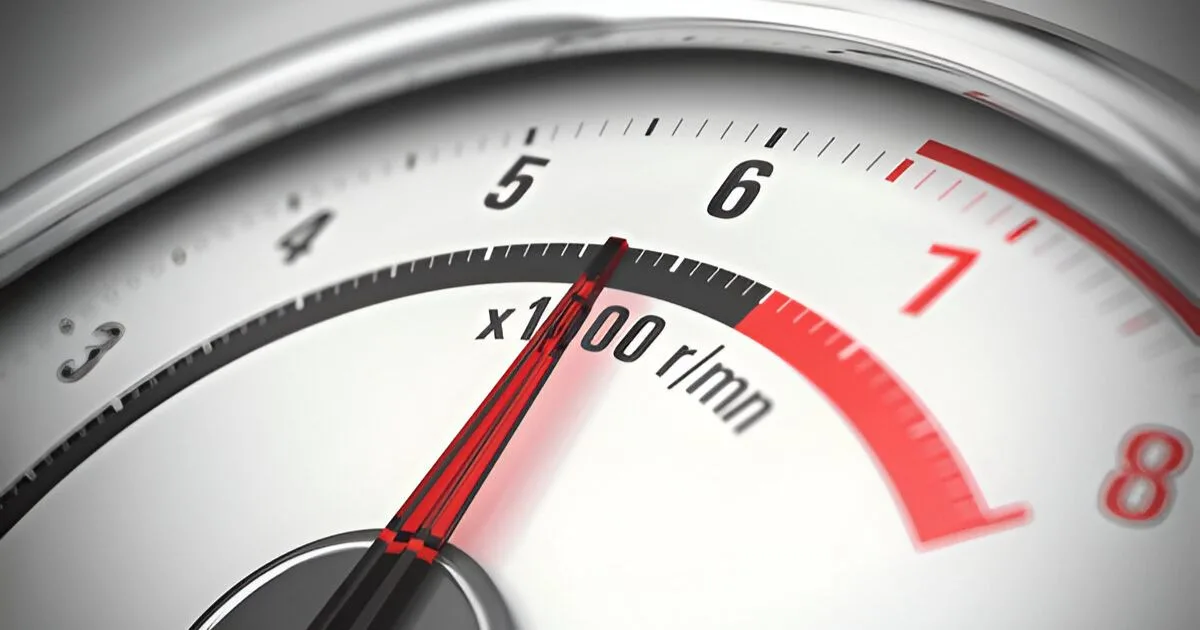 Preventative Measures And Regular Checks
Preventative Measures And Regular Checks
Preventative Measures And Regular Checks
Tachometers are key in monitoring engine speed. Yet, they can fail. Preventing failure means regular checks and maintenance.
Understand the value of keeping your tachometer in check. Let's explore how to stay on top of tachometer health.
Creating A Maintenance Schedule
A maintenance schedule keeps your Car Tachometer reliable. It should include these steps:
- Monthly visual inspections.
- Bi-annual calibration checks.
- Yearly professional servicing.
Mark your calendar. Stick to the schedule. Avoid tachometer failures.
Staying Ahead Of Tachometer Troubles
Be proactive with your tachometer care. Early detection prevents bigger issues. Look for signs like erratic readings or no response.
- Check electrical connections.
- Test sensor functionality.
- Review the tachometer display.
These steps ensure early problem identification. Your tachometer stays in top condition.
Frequently Asked Questions
Why Would A Tachometer Stop Working?
A tachometer may cease functioning due to electrical issues, a faulty sensor, broken wires, or a malfunctioning dashboard.
How To Diagnose A Faulty Tachometer?
Check the tachometer's wiring, test the sensor, and inspect for dashboard issues to pinpoint the problem.
Can A Tachometer Be Repaired?
Yes, a tachometer can often be repaired by replacing sensors, fixing wiring, or recalibrating the instrument.
What Impacts Tachometer Accuracy?
Tachometer accuracy can be impacted by electrical interference, worn components, and calibration errors.
Conclusion
Understanding the reasons behind tachometer malfunctions is crucial for vehicle maintenance. Regular checks can prevent costly repairs and ensure accurate readings.
Prioritize your tachometer's health to keep your vehicle's performance in top gear. Stay informed and proactive; your tachometer depends on it.
Disclosure
Some links may be affiliate links. That means we may earn a small commission at no extra cost to you.